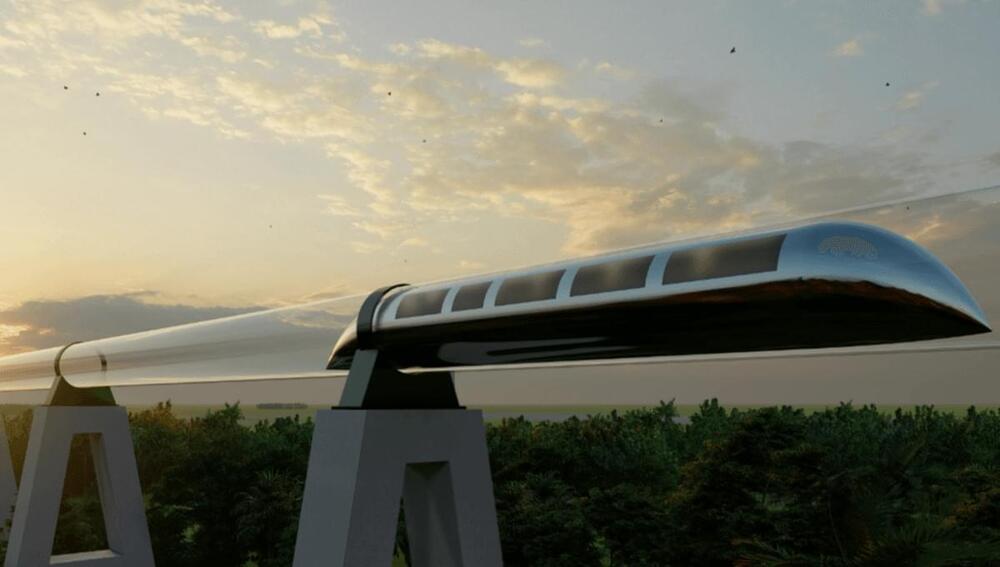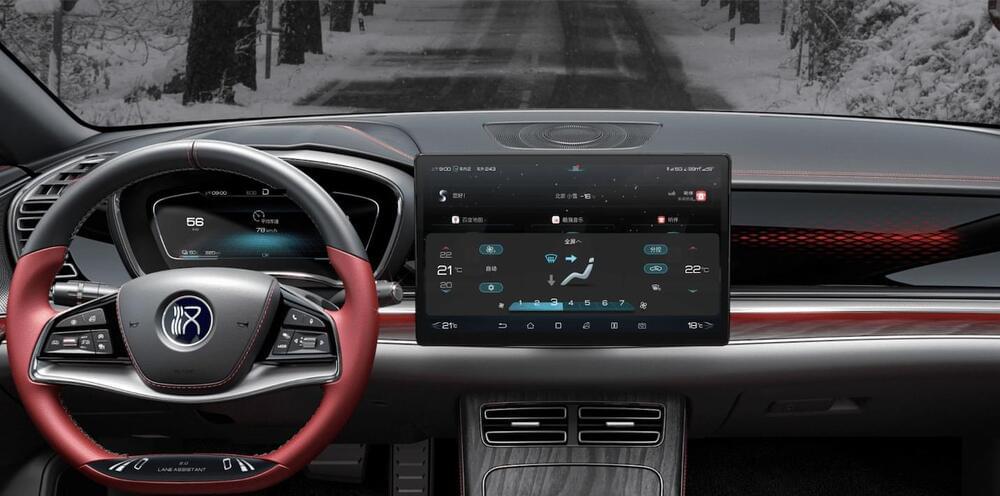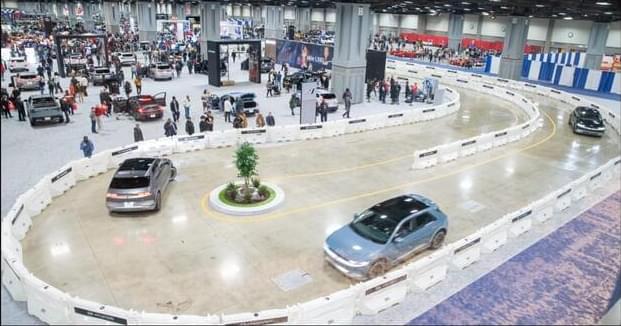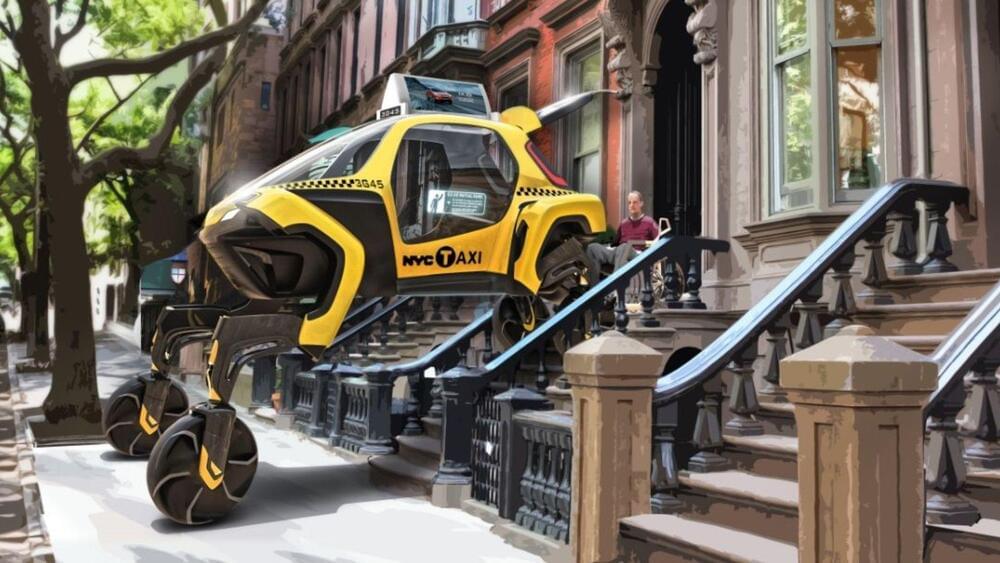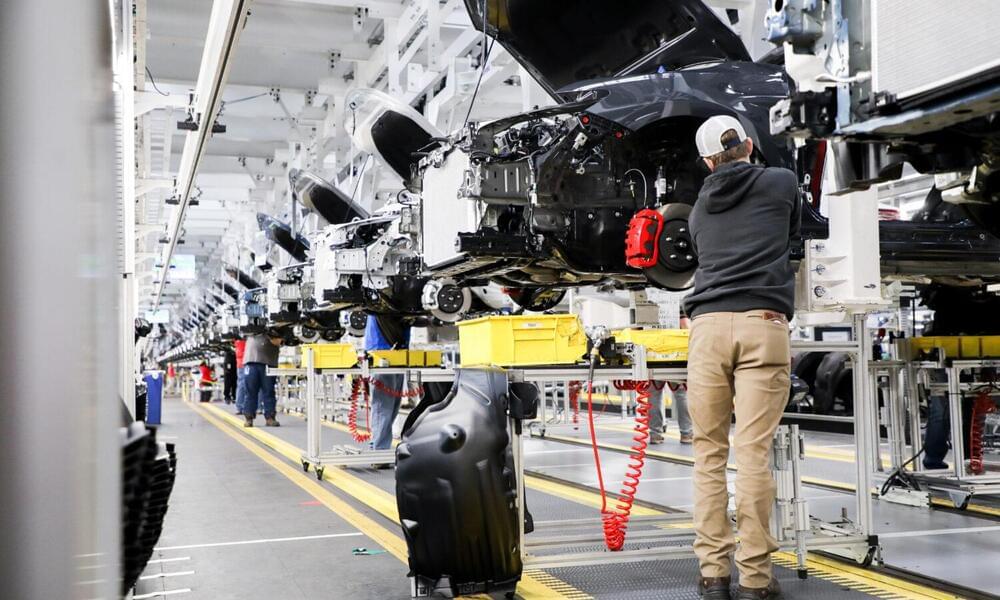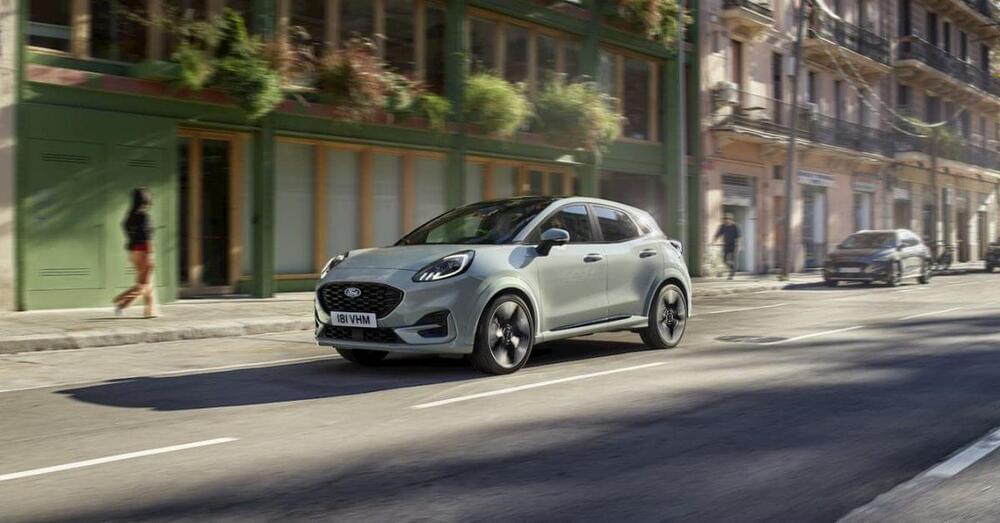Archive for the ‘transportation’ category: Page 59
Feb 9, 2024
BYD Intelligent driving NOA system set for a pivotal upgrade in March
Posted by Shailesh Prasad in categories: robotics/AI, transportation
BYD’s announcement of a substantial upgrade to its intelligent driving system signals a notable advancement in its efforts to improve this technology. Scheduled for March 30th, this update signifies a significant step forward for BYD in the realm of advanced driver assistance systems (ADAS). The upgrade will further enhance its Navigation On Autopilot (NOA) or its internally known Urban Navigation Assistance (UNA) system in cities across China.
The upgrade was alluded to in 2023 with the BYD Denza N7 with its advanced lidar system and came on the heels of recent improvements to Xpeng’s XNGP intelligent driving system. Telsa has also been a strong competitor in the intelligent driving race, with announcements last year aiming to improve its FSD system. According to sources, the initial rollout of BYD’s Urban Navigation Assistance (UNA) system is slated for March 30th, starting with the N7 model among its existing lineup of over 20 vehicles.
Feb 9, 2024
This Chinese electric truck will be as quick as Tesla’s Cybertruck with heavy loads
Posted by Shailesh Prasad in category: transportation
Chinese EV maker Geely is launching a 4WD version of its Radar RD6 electric truck that will rival the Cybertruck. According to the brand’s CEO, it will have similar acceleration to Tesla’s Cybertruck while carrying heavy loads.
Geely, the parent company behind Volvo, Polestar, ZEEKR, and others, launched its Radar brand in 2022.
The brand is touted as “China’s first pure electric outdoors lifestyle vehicle brand.” Its first electric adventure vehicle, the RD6, began rolling out in China in September, starting at RMB 178,800 ($25,000).
Feb 9, 2024
EV sales would benefit from more auto show exposure
Posted by Shailesh Prasad in categories: sustainability, transportation
Electric vehicles sales could account for 10 percent of the market in 2024, but getting there will take additional effort from dealers and manufacturers, including participation in auto shows.
Feb 9, 2024
The rise and rise of AI
Posted by Shubham Ghosh Roy in categories: ethics, robotics/AI, transportation
Artificial intelligence (AI) is evolving at break-neck speed and was one of the key themes at one of the world’s biggest tech events this year, CES.
From flying cars to brain implants that enable tetraplegics to walk, the show revealed some of the most recent AI-powered inventions destined to revolutionize our lives. It also featured discussions and presentations around how AI can help address many of the world’s challenges, as well as concerns around ethics, privacy, trust and risk.
Given how widespread AI is and the rate at which it is evolving, global harmonization of terminologies, best practice and understanding is important to enable the technology to be deployed safely and responsibly. IEC and ISO International Standards fulfil that role and are thus important tools to enable AI technologies to truly benefit society. They can not only provide a common language for the industry, they also enable interoperability and provide international best practice, while addressing any risks and societal issues.
Feb 8, 2024
‘Walking car’ in photos: Hyundai’s Elevate, an electric car with robotic legs
Posted by Shailesh Prasad in categories: robotics/AI, transportation
Hyundai’s CRADLE and Sundberg-Ferar join forces to create Elevate—an electric car with robotic legs, the ‘walking car,’ designed to tackle challenging terrains.
Feb 8, 2024
‘Physics of AI’: German scientists train AI to think like Albert Einstein
Posted by Gemechu Taye in categories: physics, robotics/AI, transportation
Famous physicists have brought to us novel theories that explain the world around us. AI can also do the same if we guide it to do so.
Researchers at the German institute trained an AI model to look into simpler interactions in larger complex systems, much like how physicists do.
Feb 8, 2024
EVs that go 1,000 km on a single charge: Gel makes it possible
Posted by Dan Kummer in categories: particle physics, robotics/AI, sustainability, transportation
Futuristic advancements in AI and healthcare stole the limelight at the tech extravaganza Consumer Electronics Show (CES) 2024. However, battery technology is the game-changer at the heart of these innovations, enabling greater power efficiency. Importantly, electric vehicles are where this technology is being applied most intensely. Today’s EVs can travel around 700km on a single charge, while researchers are aiming for a 1,000km battery range.
Researchers are fervently exploring the use of silicon, known for its high storage capacity, as the anode material in lithium-ion batteries for EVs. However, despite its potential, bringing silicon into practical use remains a puzzle that researchers are still working hard to piece together.
Enter Professor Soojin Park, PhD candidate Minjun Je, and Dr. Hye Bin Son from the Department of Chemistry at Pohang University of Science and Technology (POSTECH). They have cracked the code, developing a pocket-friendly and rock-solid next-generation high-energy-density Li-ion battery system using micro silicon particles and gel polymer electrolytes.
Feb 7, 2024
Toyota commits $1.3 billion to EV development in Kentucky
Posted by Shailesh Prasad in categories: sustainability, transportation
Toyota announced today that it will invest $1.3 billion in the development of future electric vehicles at its flagship Kentucky facility.
The Japanese automaker said it would bring an all-new, three-row battery electric SUV to the U.S. market thanks to the investment. Toyota has now committed nearly $10 billion in investments to the Kentucky plant, aiming to build high-quality vehicles and offer job stability to its employees at the factory.
The investment is also set to support the addition of a battery pack assembly line to the Kentucky plant. The batteries used in the packs assembled in Kentucky will come from Toyota’s Battery Manufacturing Plant in North Carolina.
Feb 7, 2024
Ford will unveil its all-electric Puma Gen-E later this year
Posted by Shailesh Prasad in category: transportation
The UK’s best-selling car is going electric. Ford said it will reveal the all-electric Puma Gen-E later this year as it expands its European EV lineup.
After unveiling the new Puma on Wednesday, Ford said that the all-electric Gen-E model will be revealed later this year.
Ford announced last October that it would be ending production of its once-best-selling Fiesta model to focus on its next-gen EVs. The American automaker already revealed the electric version of its best-selling SUV, the Explorer, last March.
